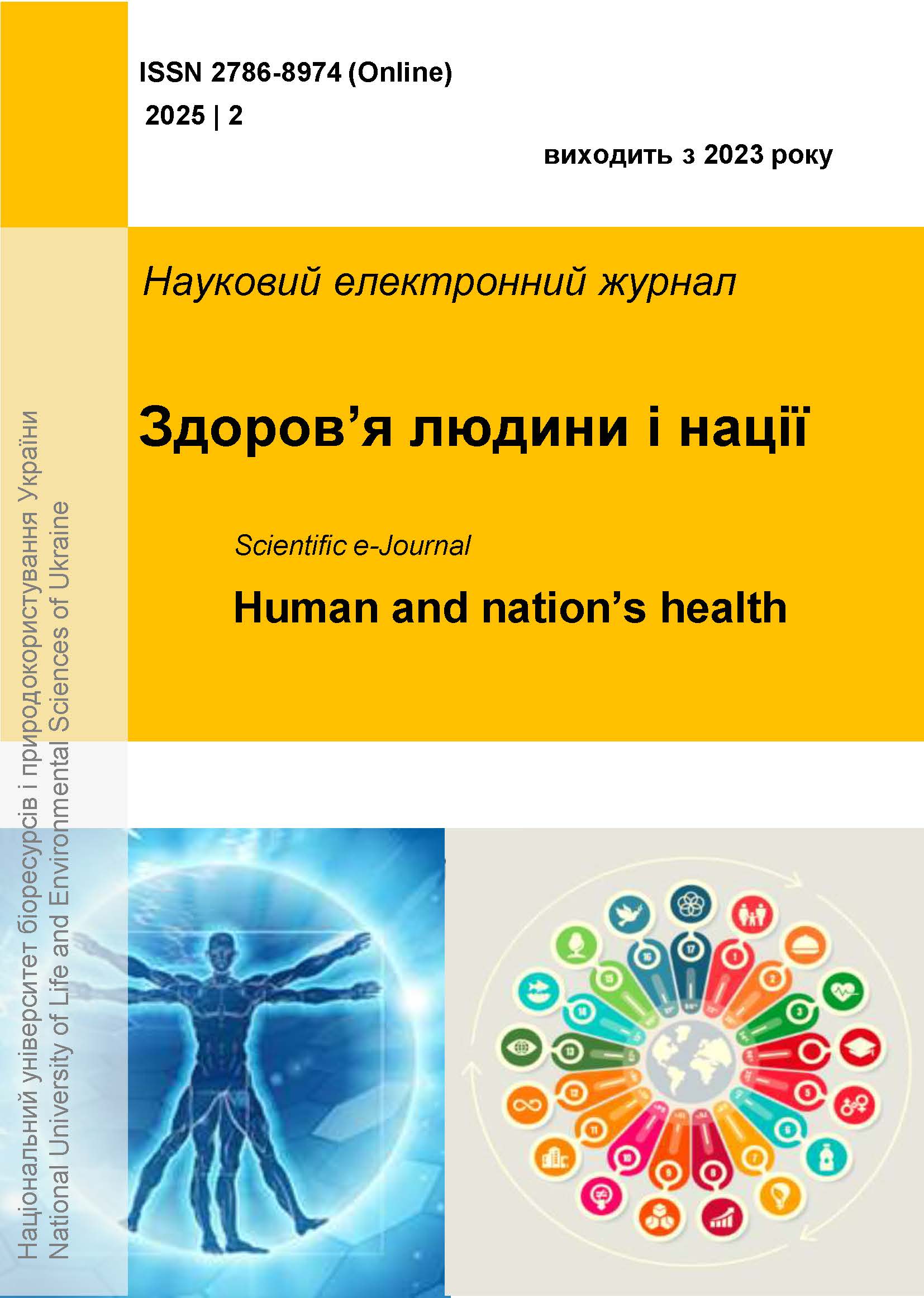RESEARCH ON QUALITY AND SAFETY INDICATORS OF FISH PASTE OF ENHANCED BIOLOGICAL VALUE DURING STORAGE
DOI:
https://doi.org/10.31548/humanhealth.2.2025.105Keywords:
fish pastes, acid value, organoleptic indicators, peroxide value, microbiological indicators, storageAbstract
Food products from fish raw materials are becoming more and more popular among consumers every year. At the same time, the use of all parts of fish for the production of fish pastes is relevant. The aim of the work is to study the Nessler number, peroxide and acid numbers, microbiological and organoleptic quality indicators of the developed fish pastes during storage. According to the results of the research, it was found that the use of exclusively trout and catfish meat in the technology of fish pastes does not ensure the preservation of a tender and juicy consistency during 120 hours of storage. The use of pink salmon milt as an additional raw material makes it possible to maintain high organoleptic quality indicators during 120 hours of storage. It was found that the Nessler number increases in fish paste samples during 144 hours. A fish paste sample produced using pink salmon milt is characterized by a lower peroxide value and degree of hydrolysis during 144 hours compared to the control and samples containing exclusively trout and catfish meat. It was found that the use of pink salmon milt in fish paste made it possible to obtain a lower MAFAnM index in it during 144 hours of storage, and bacteria of the E. coli group, S. Aureus, pathogenic microorganisms, including Salmonella and L. Monocytogenes were not detected in the control and experimental samples of fish pastes during 144 hours of storage. To ensure high quality and safety indicators, sample No. 3, which contains pink salmon milt, is recommended to be stored for no more than 120 hours at a temperature of 0...4 °C.
References
Downloads
Published
Issue
Section
License
Copyright (c) 2025 Human and nation's health

This work is licensed under a Creative Commons Attribution-ShareAlike 4.0 International License.
All materials are distributed under the terms of the Creative Commons Attribution 4.0 International Public License, which allows others to extend the article with acknowledgment of authorship and first publication in this journal.

